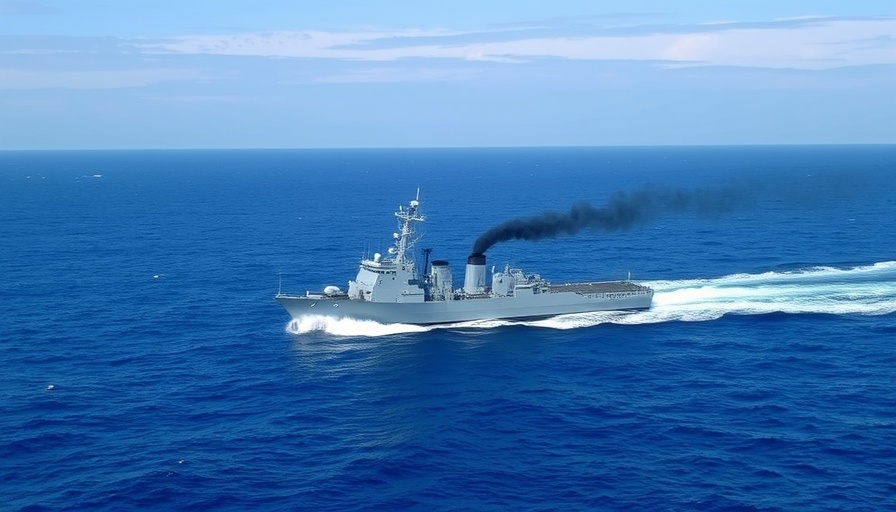
The Stakes of Submarine Development: Understanding the Delays
The United States Navy's efforts to advance its undersea capabilities are facing significant setbacks, as highlighted by recent reports indicating that delays in the development of the next-generation submarine class could profoundly affect U.S. naval seapower. These delays are not just logistical hiccups; they represent potential vulnerabilities in U.S. defense mechanisms amidst growing global threats.
Why the Next-Gen Submarine Matters
The new submarines are designed to replace the aging fleet of Virginia-class submarines, which has been a cornerstone of U.S. naval superiority for years. As adversaries like China and Russia enhance their submarine fleets, the need for more advanced, stealthier, and resistant vessels becomes critical. The next-gen class promises improvements in endurance, carrying capacity, and technology integration, which are vital for maintaining maritime dominance.
Current Challenges in Naval Shipbuilding
While the ambition for state-of-the-art submarines is evident, achieving these goals has not been without challenges. The shipbuilding industry has been grappling with issues such as supply chain disruptions, rising material costs, and labor shortages. These factors have delayed key components and assembly timelines, resulting in staggered deployments and increasing pressures on existing fleet readiness.
Financial Implications of Delays
According to defense industry analysts, the financial ramifications of these delays are significant. The projected costs have surged as the Navy grapples with ensuring that the submarines meet advanced requirements within a reasonable timeframe and budget. Extended timelines not only drive up total costs but can also mean strategic disadvantages as other nations continue to advance their naval capabilities.
Comparative Analysis: Global Naval Capabilities
As the U.S. Navy works through its challenges, it's important to position these delays within a broader context of international naval advancements. Russia and China have made noteworthy strides in submarine technology, with developments in quieter operations and enhanced combat systems. This juxtaposition heightens the stakes, emphasizing the urgency for the United States to overcome obstacles and innovate swiftly.
Community Impact and Future Trends
The ripple effects of submarine program delays extend beyond military implications; they impact local shipbuilding communities, workers, and associated industries. In regions heavily reliant on defense contracts, uncertainty in production timelines can lead to job security concerns and economic instability. As the shipbuilding industry looks to the future, an emphasis on innovative technologies like AI in manufacturing processes could provide solutions to combat rising costs and labor shortages.
Conclusion: Urging Action for the Future
As we navigate these tumultuous waters of defense development, it's crucial for stakeholders—policymakers, industry leaders, and the community—to unite in addressing these delays through innovative solutions and strategic planning. Maintaining U.S. naval superiority requires commitment and resilience. The future of military readiness rests on our ability to act decisively and support our shipbuilding industry in overcoming current challenges.
 Add Row
Add Row  Add
Add 




Write A Comment